
Phillip Hallof earned his status as one of the “fathers of modern geophysics” for his pioneering and innovative work in the field of frequency domain induced polarization (IP), which grew from an obscure research effort into an essential exploration tool. He contributed in many ways to the research and development of geophysical equipment, techniques and interpretation, and also provided technical expertise to the mineral exploration industry through his leadership of McPhar Geophysics Inc. and later Phoenix Geophysics. Another legacy of his 35-year career was aiding the discovery of mineral wealth for the benefit of Canada and the global economy.
Hallof was born in St. Louis, Missouri, and educated at the prestigious Massachusetts Institute of Technology (MIT), where he earned a bachelor’s degree in geology (geophysics option) in 1952. While still a graduate student, he undertook research into the then-novel, variable frequency IP method being developed by Newmont Exploration and demonstrated that it gave measurable responses over certain known sulphide deposits. The technology was further refined and successfully field tested, resulting in a valuable new tool to help identify buried mineral deposits that were not conductive and which conventional electromagnetic (EM) surveys could not detect. He also created a new and useful mode ofdisplaying multi-spaced IP and resistivity data in the now standard pseudosection format.
























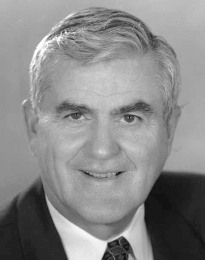
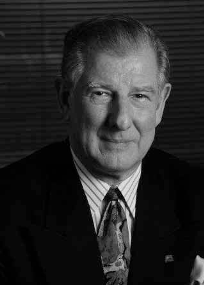

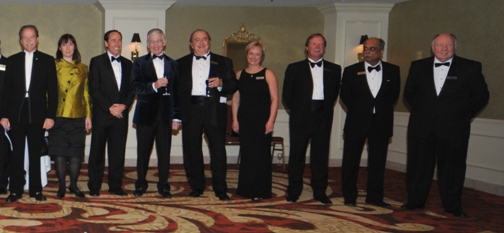
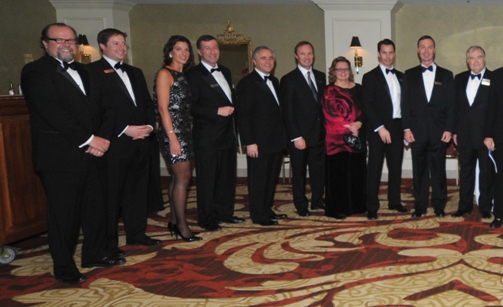
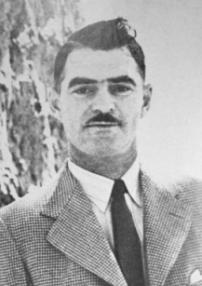


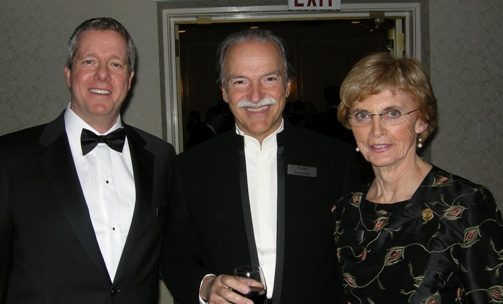 Like the recent record setting price of gold and the stock market recovery, the general mood at the annual Canadian Mining Hall of Fame dinner at the Fairmont Royal York Hotel a few weeks ago in Toronto, was upbeat, bright and a turnout. Master of ceremonies Pierre Lassonde, Chairman of Franco Nevada Corp. – the Billy Crystal of the mining sector – was practically “giddy” discussing the high price of gold and Tiger Wood’s problems. “Gold miners never had it so good, like mosquitoes at a nudist colony” quipped Lassonde. He continued, “there is not enough mustard in the U.S. to cover that hot dog,” in reference to Tiger Wood.
Like the recent record setting price of gold and the stock market recovery, the general mood at the annual Canadian Mining Hall of Fame dinner at the Fairmont Royal York Hotel a few weeks ago in Toronto, was upbeat, bright and a turnout. Master of ceremonies Pierre Lassonde, Chairman of Franco Nevada Corp. – the Billy Crystal of the mining sector – was practically “giddy” discussing the high price of gold and Tiger Wood’s problems. “Gold miners never had it so good, like mosquitoes at a nudist colony” quipped Lassonde. He continued, “there is not enough mustard in the U.S. to cover that hot dog,” in reference to Tiger Wood.
 The Porcupine Gold Rush of 1909 was a transformative event in Canadian history, with three gold mines discovered by separate prospecting parties a few miles from each other. The rich discoveries made by Benny Hollinger (1885-1919), Sandy McIntyre (1869-1943) and John (Jack) Wilson (1872-1948) in northern Ontario wilderness led to the development of one of Canada’s premier mining camps and the founding of Timmins, the City with a Heart of Gold.
The Porcupine Gold Rush of 1909 was a transformative event in Canadian history, with three gold mines discovered by separate prospecting parties a few miles from each other. The rich discoveries made by Benny Hollinger (1885-1919), Sandy McIntyre (1869-1943) and John (Jack) Wilson (1872-1948) in northern Ontario wilderness led to the development of one of Canada’s premier mining camps and the founding of Timmins, the City with a Heart of Gold. Graham Farquharson has earned a reputation as a senior statesman of Canada’s mining industry by demonstrating a commitment to integrity, fairness and technical excellence throughout his career with Strathcona Mineral Services Limited, a consulting firm he created with two partners in 1974. He is one of the industry’s most prominent consultants, best known for taking on extraordinary challenges, including developing and managing Canada’s first mine north of the Arctic Circle and debunking an Indonesian property once believed to host the world’s largest gold deposit.
Graham Farquharson has earned a reputation as a senior statesman of Canada’s mining industry by demonstrating a commitment to integrity, fairness and technical excellence throughout his career with Strathcona Mineral Services Limited, a consulting firm he created with two partners in 1974. He is one of the industry’s most prominent consultants, best known for taking on extraordinary challenges, including developing and managing Canada’s first mine north of the Arctic Circle and debunking an Indonesian property once believed to host the world’s largest gold deposit.